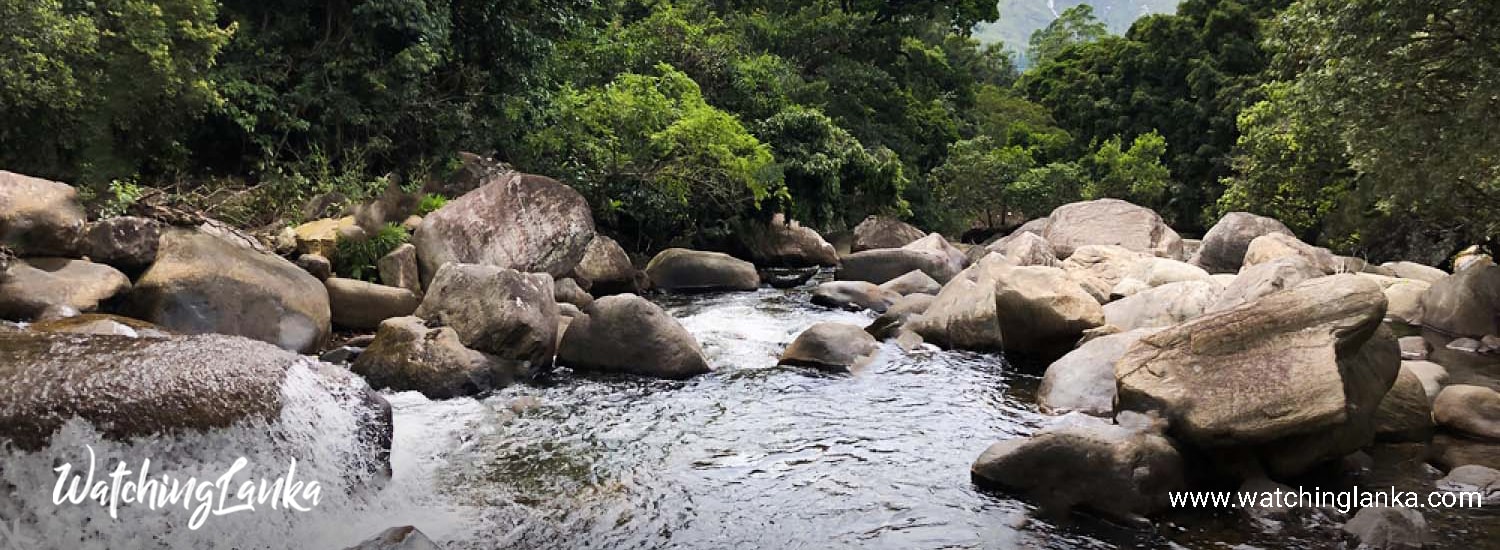Woulupane Hirigal Cave Ratnapura
Explore the kingdom of bats that rule in the dark, where the sun does not shine.What do you think when you see the name Vaulpane Hirigal Cave? Yes, Kaluru Kalamaraya is a dark cave, home to more than one million bats. In fact, it is a paradise of bats. The name Voulpane is also a paradise of bats from ancient times. A few years ago, I came to know about the bats through a friend of mine who lives in the area. But on the invitation to his birthday, I was finally able to witness the unique, unique and rare creation of Nature's World. Hirigal Cave is located in the village of Wawulpane in a beautiful environment within the Kamburugamuwa Grama Seva Division of the Kolonna Divisional Secretariat of the Ratnapura District. We went to Pallebedda on the Colombo Embilipitiya bus and walked another 10 kms in a van on the Pallebedda Buluthota road.
The cave looks like a mystery. The first sight of the cave, when we were crossing the stream, was the unmistakable sound of hundreds of bats. The cave was visible from the cave. Also, carry an umbrella or a raincoat to protect the bats from falling like a light rain. There are hundreds of millions of bats above their heads as they enter the cave entrance of this rare world. After a very difficult journey through the boulders, the bats, the bats, the slippery rocks, another spectacular creation of the unbelievable nature man. It is one of the few underground waterfalls in the world. Kiwu Falls is the tallest and underground tallest waterfall in Sri Lanka. This falls is about 30 feet in height and is known as the Wawulpane Falls.We are now in the middle of a 300-meter-long cave. The cave itself is in the dark, except for a flash of light and a small beam of light that flows through a small hole on one side of the cave. Bats fly close to our bodies All of this reminds me of scenes from some horror films, and I don't have enough words to describe the experience.






































